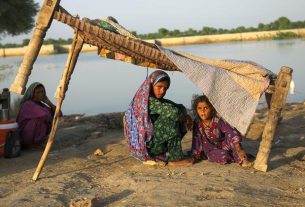Summary: Iran is facing its worst drought in decades, with half the country recording no rainfall since September. Reservoirs and dams supplying Tehran and other major cities are at historic lows, forcing water rationing and raising fears of mass displacement. Experts warn that mismanagement and unsustainable agricultural practices have turned a climate challenge into a national emergency.
🌍 The Scale of the Crisis
Iran is enduring its worst drought in nearly 60 years, with 15 of 31 provinces reporting zero rainfall since late September Yahoo News UK DW. The Amir Kabir Dam, a key source of water for Tehran, has dropped to its lowest level on record The Indian Express. Satellite images show lakes and reservoirs across the country shrinking to fractions of their former size Radio Free Europe/Radio Liberty Radio Free Europe/Radio Liberty.
🚨 Impact on Cities
Tehran, home to 10 million residents and nearly 18 million in its metropolitan area, is at the epicenter of the crisis. Authorities have begun overnight water pressure reductions to conserve supplies The Indian Express. President Masoud Pezeshkian has warned that if rainfall does not arrive by December, Tehran may face evacuation Aljazeera Al-Monitor. The holy city of Mashhad is also on the brink of severe rationing News18.
⚖️ Mismanagement and Policy Failures
Experts argue that the drought is not solely a natural disaster but a policy-driven catastrophe. Iran spends 90% of its water on low-yield agriculture, a pursuit of self-sufficiency that has worsened shortages Aljazeera. Chronic over-extraction of groundwater, outdated infrastructure, and urban leakage have compounded the crisis Yahoo News UK DW.
📈 Humanitarian Consequences
Millions of Iranians are already experiencing rolling water cuts, with rural communities hardest hit. The drying of lakes such as Lake Hamun in Sistan and Baluchistan has devastated local livelihoods DW. Analysts warn that prolonged shortages could trigger mass migration, social unrest, and economic instability.
🌱 Looking Ahead
The drought underscores the urgent need for sustainable water management, regional cooperation, and climate adaptation. Without decisive action, Iran’s water crisis risks becoming a slow-motion disaster with irreversible consequences for its population and environment.
Sources: The Indian Express Yahoo News UK Radio Free Europe/Radio Liberty News18 Radio Free Europe/Radio Liberty Aljazeera Al-Monitor DW



